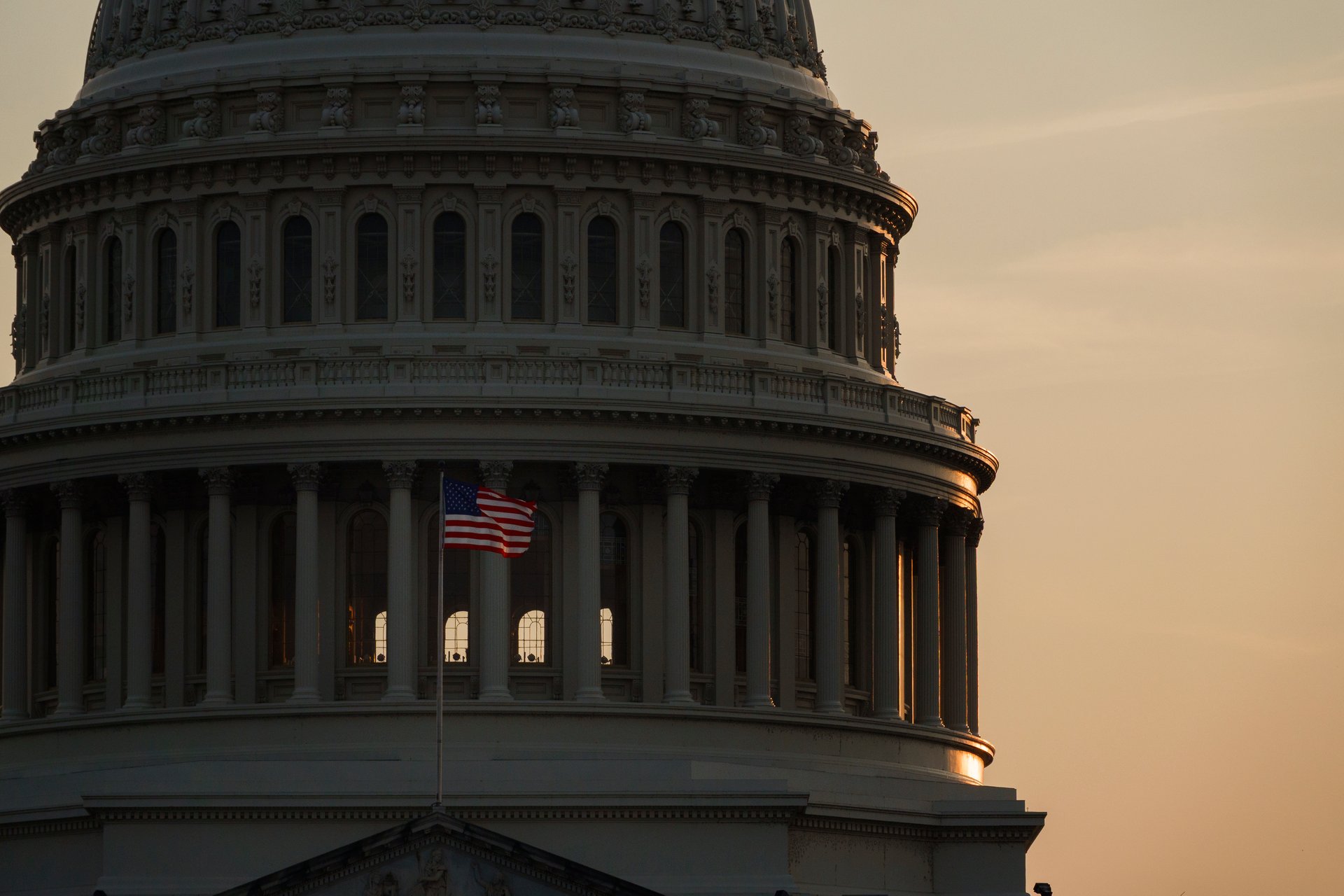Bond auctions are routine. The attention they’re getting is not
Rising U.S. debt and a shaky 20-year sale last month are turning routine Treasury auctions into high-stakes tests of investor confidence

Kevin Carter/Getty Images
The U.S. Treasury is wrapping up two days of debt auctions, with Wednesday seeing a $39 billion sale of 10-year bonds and Thursday capping off with a $22 billion sale of 30-year bonds. The government regularly holds such auctions to fund its operations, and typically only wonks and bond traders mind the numbers. But lately, more and more people are tuning in.
Behind the growing attention is a particular worry. What if buyers stop stepping forward? What if demand falls – and falls hard?
Treasury auctions happen online. Investors say how much they want to buy and the minimum yield they’ll accept. The government fills the lowest-rate bids first, working up until all the bonds are sold. Everyone whose bid is accepted gets the same final rate — the highest yield the government is willing to accept.
For now, bidders are still showing up in force. Wednesday’s $39 billion sale of 10-year notes was well received, with yields only slightly below expectations and signs of healthy demand. Though one auction did spark volatility across the broader market, April and May’s auctions, held in the wake of Trump’s tariff-heavy “Liberation Day” announcement, also saw investor appetite below panic-button levels.
Fears of market turmoil
Still, fear persists that one weak auction could send bond yields spiking and markets tumbling.
That’s especially true for Thursday's 30-year auction, where yields hover just below the psychologically significant 5% line. A bad sale could push them over the edge again. A strong one might calm nerves.
But it’s not just the usual market mechanics in play. The rising scrutiny of these once-sleepy, even boring events reflects widespread unease with the state of U.S. debt. With deficits ballooning, interest costs rising, and President Donald Trump proposing a second round of tax cuts, auctions like Thursday's are becoming tests for global faith in American fiscal discipline. That is, solvency.
“The durability of the ‘sell U.S. assets’ trade may be overstated,” BMO Capital Markets' Ian Lyngen said. Still, the fact that anyone outside of fixed-income desks is pondering that trade at all marks a significant shift.
For now, demand for U.S. debt is holding up. But the question of “how long can this last?” is no longer just for bond geeks. It’s becoming a national one.
Japan’s bond troubles may be a warning sign
One reason investors and commentators are watching closely because they’ve seen what can happen when demand falters — and seen it recently. In Japan, a series of poorly received auctions has shaken the country’s historically stable bond market. Yields on 30- and 40-year Japanese government bonds have soared to multi-decade highs, and insurers who hold them are facing tens of billions in paper losses.
Now the Japanese government is considering direct intervention. According to Reuters, Japan may begin buying back super-long bonds issued at lower interest rates in an attempt to absorb some of the over-abundant supply. The plan is still under consideration, with the hope being that such buybacks would calm a market growing increasingly anxious about Japan’s rising debt load.
Despite assurances from Tokyo, demand for ultra-long bonds continues to deteriorate. What’s more, because Japan’s debt-to-GDP ratio is about 260% (and the Bank of Japan is already sitting on more than half the market), the country has few good options.
The fear is that the U.S. could one day face similar pressure: too much supply, not enough demand, and a loss of faith from investors who’ve long treated U.S. government debt as one of the world’s safest assets.